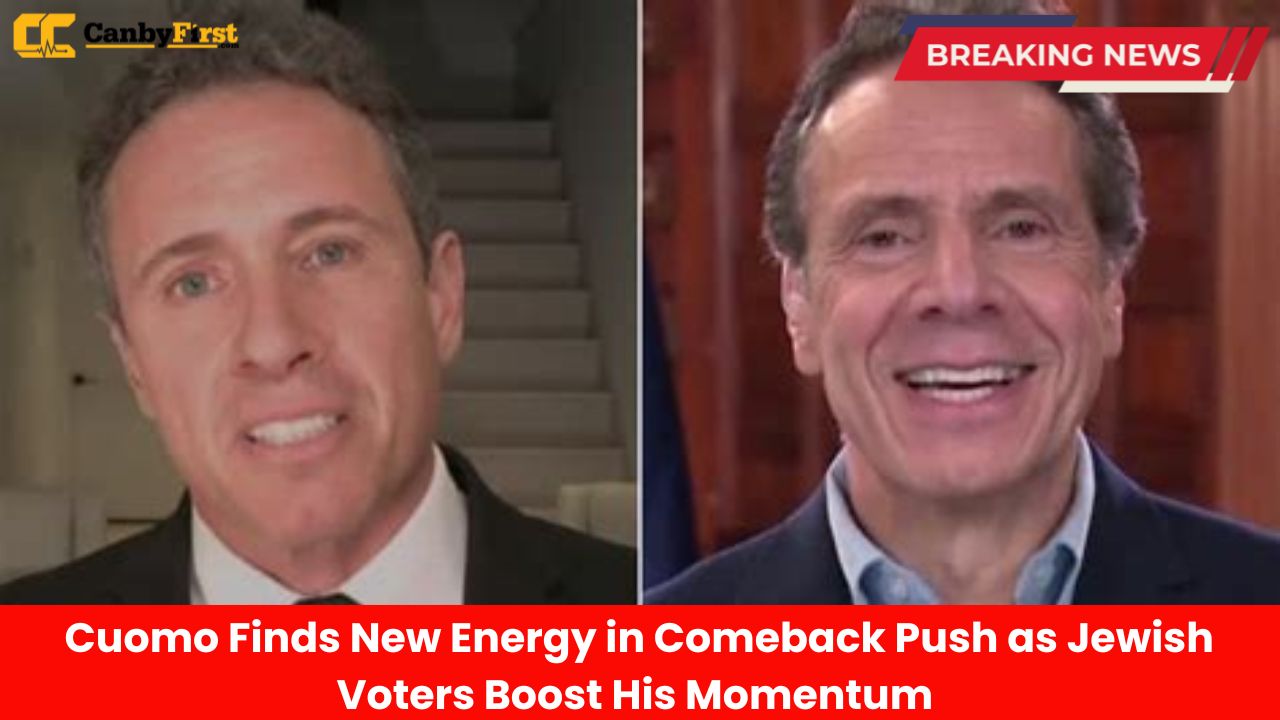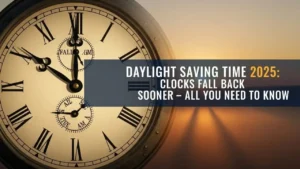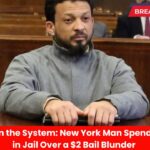New York, US: Former New York Governor Andrew Cuomo appears to be reemerging on the state’s political stage, his campaign gaining renewed energy among pockets of Jewish voters across New York City and suburban counties. While no single community can swing an election alone, the visible enthusiasm among segments of Jewish voters for Cuomo’s potential political comeback is breathing new life into his uphill battle against the Democratic establishment.
A Comeback Fueled by Faith Communities
Cuomo’s opponents and supporters alike acknowledge that a sizable share of enthusiasm for his political revival stems from Orthodox Jewish neighborhoods, particularly in Brooklyn, Rockland, and Nassau counties. These areas, long influential in tight elections, are known for their community-driven political organizing and high voter turnout.
According to local observers, Cuomo has maintained personal relationships with influential Jewish leaders and charitable organizations even after leaving office in 2021. His outreach to such communities has centered on security funding for religious institutions, pandemic-era support for small businesses, and consistent advocacy for Israel. This sustained presence has kept his name circulating favorably among voters who value accessibility and loyalty more than party loyalty alone.
Also Read
Jewish Backing Alone Isn’t Enough
Yet analysts caution against overestimating the electoral impact of this one group. In statewide races, Jewish voters make up a significant but not dominant share of the electorate, concentrated in certain ZIP codes but less active in upstate and rural areas. For Cuomo, their support could provide early momentum and media narrative strength, but a broader coalition would still be required to turn that into a full-fledged political victory.
Political strategists note that Jewish support might help Cuomo rebuild his public image after years of controversy surrounding workplace misconduct allegations. Community leaders have expressed a sense of empathy and familiarity with Cuomo’s decades-long tenure, describing him as a figure of resilience who understands New York City’s cultural complexity.
Cuomo’s Strategic Positioning
Cuomo has recently been testing the waters with public events, interviews, and private meetings with key donors. Supporters describe a leader who feels vindicated by the passage of time and shifting public attitudes. In campaign-style remarks, Cuomo often points to his record on infrastructure, public health, and social equality as evidence of unfinished work.
Insiders say his reemergence is not accidental but part of a carefully measured effort to gauge potential receptiveness for a run, either in statewide politics or for a congressional seat. Jewish community gatherings in recent months have given him a visible platform to reconnect with constituents outside of traditional Democratic hubs. That grassroots enthusiasm, though localized, is translating into increased media coverage and small-dollar contributions.
Signs of Momentum
While broader polling remains limited, anecdotal signs suggest that Cuomo’s name recognition and organization remain strong. His longtime allies in Queens and parts of Long Island continue to organize informal voter outreach drives, and several synagogue-based forums have drawn large audiences seeking to hear directly from the governor.
Political watchers also highlight that support from the Jewish community often signals a realignment of trust among traditionally pragmatic voting blocs. If Cuomo manages to pair that with support from working-class and minority communities, his campaign could evolve from symbolic resurgence to competitive threat.
Challenges Ahead
Cuomo still faces skepticism from both progressive Democrats and independent voters who felt disillusioned by his administration’s handling of internal scandals and the pandemic’s nursing home policies. Restoring that trust will require a careful balance between humility and assertiveness, two qualities he is now trying to project through town halls and moderated appearances.
Despite these obstacles, Cuomo’s advantage lies in his experience navigating the intricacies of New York’s political system. His recent visits to community centers, hospitals, and urban redevelopment projects have underscored a practical message: leadership through familiarity and results.
The Bigger Picture
Many experts frame Cuomo’s renewed focus on Jewish voter engagement as a strategic cornerstone rather than a final electoral solution. By connecting with one of the most politically active and organized constituencies in the state, he gains not just votes but visibility. Community endorsements often prompt attention from other faith-based and cultural groups that view such backing as a signal of credibility.
The path forward, however, depends on whether Cuomo’s evolving public image can appeal beyond loyal supporters. A comeback in New York politics demands not only enthusiasm from a single base but also reconciliation with broader party factions and independent voters motivated by new leadership promises.
Conclusion
For now, Cuomo’s slow but steady reentry into New York’s political scene reflects both the enduring appeal of familiar figures and the shifting demographics of urban politics. Jewish voters may not single-handedly deliver him an upset victory, but they are undeniably providing a current of momentum that keeps his name in the conversation. Whether that spark grows into a full flame will depend on how effectively he can turn community energy into statewide coalition power in the months ahead.












